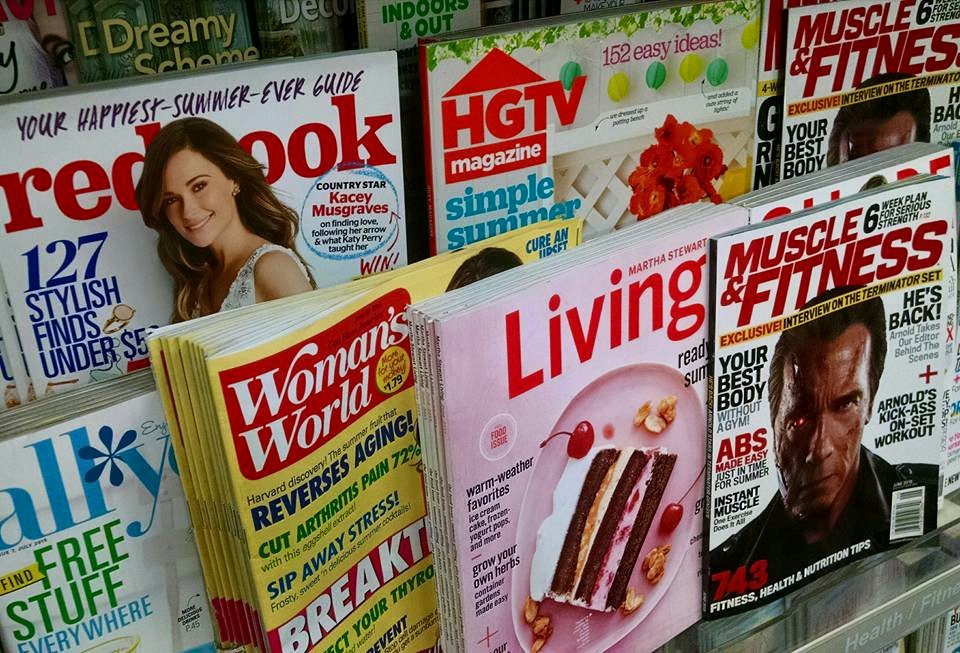It’s confession time.
I’ve been a magazine editor for nine years. During those years I’ve worked with more than one hundred writers. I’ve loved and respected many of these writers with my whole heart. Others, well, not so much.
What makes the difference? Are magazine editors like me fickle and random in their judgments? Maybe some are, but most are hardworking people trying to do their jobs well.
If you’d like to make your editor smile, do these five things. Not only will they improve the quality of your submissions, but they’ll win you a place in your overworked editor’s heart forever.
1 Include your bio in every submission.
Even if you’ve written for a particular venue for years, don’t skip this. If you don’t include it, your editor will have to dig into the files of past publications to find your (probably now outdated) bio and cut and paste it into the current article. Sounds easy? Picture having to hunt down a whole magazine full of missing bios.
2 Include a current, professional head shot with every submission.
Make sure it’s a picture that won’t embarrass the publication (or you) when they print it alongside your article. Shun the painful, goofy writer poses (hand on chin gazing off into the sunset, for example) and instead opt for something casual yet professional. Again, even if you write for them regularly, don’t make them hunt for your head shot.
3 Stick to the word count.
If the submission guidelines say 400-600 words, don’t send them 750. Or 300. Editors set word counts based on space in the magazine. If your editor has room for a 600-word article, but you send him a 750-word one, it physically won’t fit on the page. He’ll do one of two things—mercilessly trim off all your favorite phrases or reject the piece outright. Even editors of online publications take their word counts seriously. Although they’re not restricted by physical space, today’s editors and webmasters battle decreasing attention spans and fierce competition for their corner of the worldwide web.
4 Submit on time or early.
Keep in mind that you’re not the only one with a deadline. Editors have deadlines, too. They have bosses who expect them to produce a product –on schedule. Every time you miss your deadline, you make it harder for your editor to meet his. What if you have a legitimate emergency? If you’ve established yourself as a punctual writer, your editor will do everything he can to accommodate. If you’re frequently late, however, your editor may choose not to work with you in the future.
5 Ask and answer the questions readers will most likely wonder about.
One of the first tests I put an article through is the 5 W’s and an H: who, what, when, where, why, and how? If you don’t answer these questions in your article, your editor (and your reader) will become frustrated.
These five tips are simple and easy, but don’t be fooled. They’re verrrrry important. If you implement them as you write and submit, before long you’ll have editors chasing you instead of running away from you.
Now it’s your turn. What tips can you share to help writers make a good impression on their editors? Leave a comment below and share your thoughts.

Lori Hatcher is the editor of Reach Out, Columbia magazine. She’s also a blogger, writing instructor, and inspirational speaker. A pastor’s wife who lives delightfully close to their four grandchildren in Lexington, South Carolina, she’s authored several devotional books including Refresh Your Faith – Uncommon Devotions from Every Book of the Bible (Our Daily Bread Publishing) and Hungry for God … Starving for Time, Five-Minute Devotions for Busy Women , the 2016 Christian Small Publisher Book of the Year. You’ll find her pondering the marvelous and the mundane on her blog, Hungry for God. . . Starving for Time . Connect with her on Facebook, Twitter (@LoriHatcher2), or Pinterest (Hungry for God).





No Comments